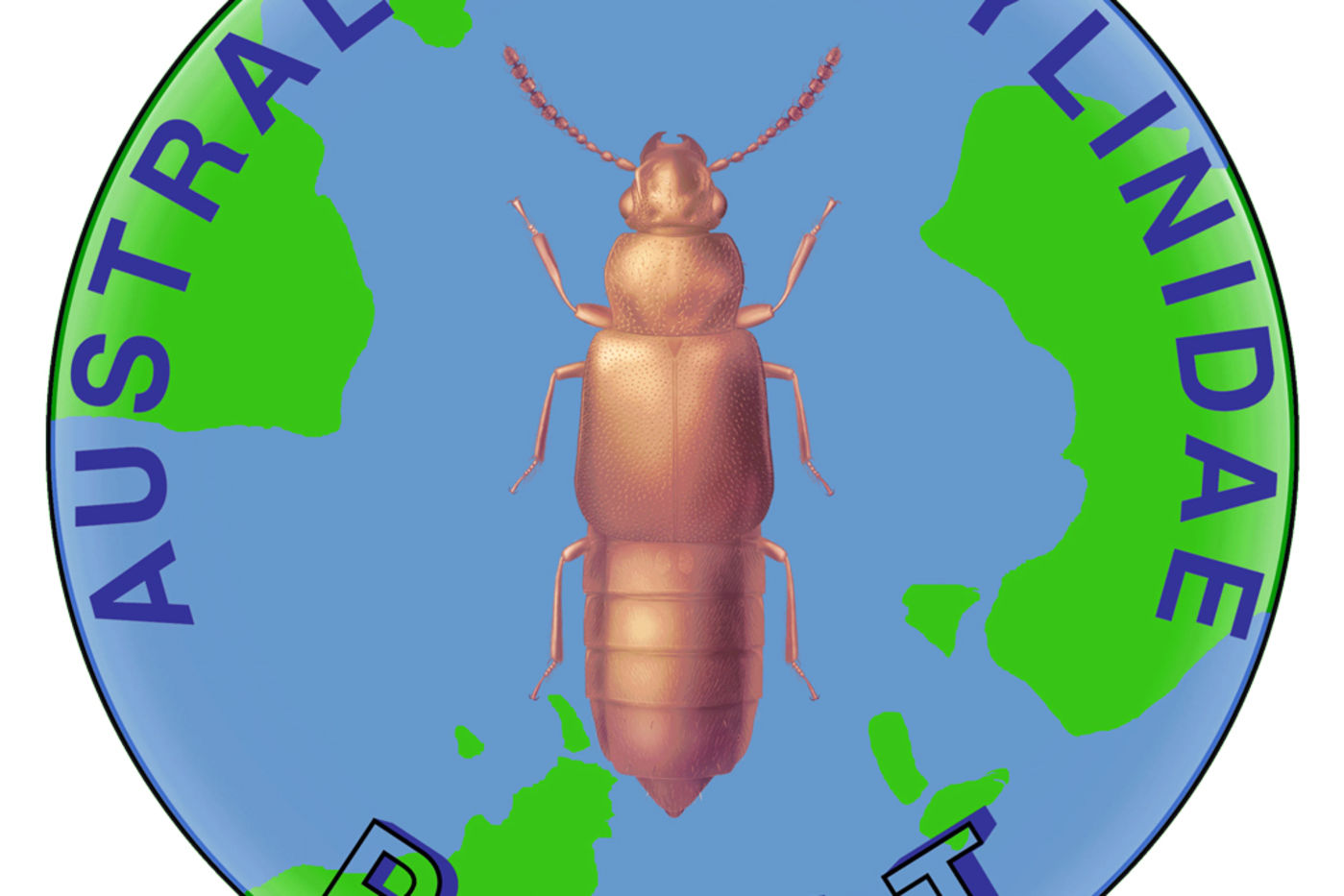Monography, phylogeny, and historical biogeography of austral Staphylinidae (Coleoptera)
Monographic research, systematic training, and electronic data dissemination

This NSF-funded PEET project is exploring in detail several subgroups of the enormous beetle family Staphylinidae (rove beetles), which currently includes over 3% of all described animal species. These beetles occur in virtually all terrestrial habitats, and are particularly diverse and abundant in mesic or wetter habitats, especially forests. Outside of Central Europe, the staphylinid fauna is only moderately well to very poorly known and described. Improved knowledge of the fauna, particularly in tropical and southern temperate (austral) areas, is vital to allow the use of this megadiverse group in many kinds of evolutionary and ecological studies, and in fact full understanding of any ecological community is impossible without knowledge of this diverse component. Although threats to tropical habitats have received far more publicity, actually many southern temperate habitats have already been reduced in extent even more than tropical rainforest, and are under serious threat in many places. There is thus a distinct urgency to learning more about the unique biota of these areas, which includes many little-studied phylogenetic relicts.
Each of the several staphylinid subgroups being studied in depth occurs in three or more of the widely separated land masses in the far south of the southern hemisphere: Australia, New Zealand, Chile plus adjacent Argentina, and South Africa. Study of the relationships within these subgroups and comparison of the results from the different groups can therefore provide important data concerning the history of the austral biota. The four principal participants (PIs, post-doctoral researcher, and Ph.D. student) undertook field work in each of these areas to collect specimens for study, gather information on the biology of target species and others, and provide the trainees with exposure to effective modern collecting methods and austral habitats. A local student, post-doc, or other interested individual was recruited in advance to join each field trip, in order to spread this training further, help to develop contacts among young workers from different parts of the world, and recruit additional workers on Staphylinidae or related groups. In conjunction with each field trip, we visited museum collections to search for material in our target groups and to help sort and identify the museums’ holdings of Staphylinidae.
For more information, explore the PEET: Austral Staphylinidae project at its microsite.